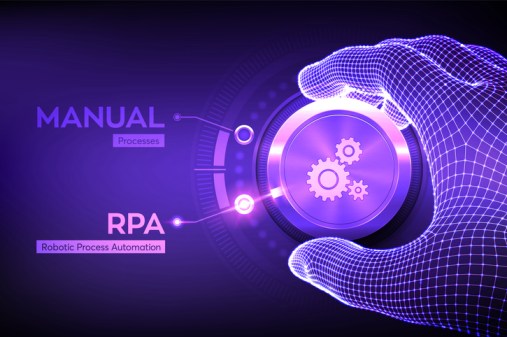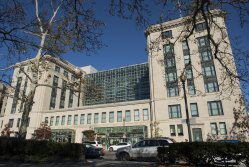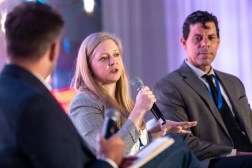5 priorities for the federal RPA Community of Practice in 2021
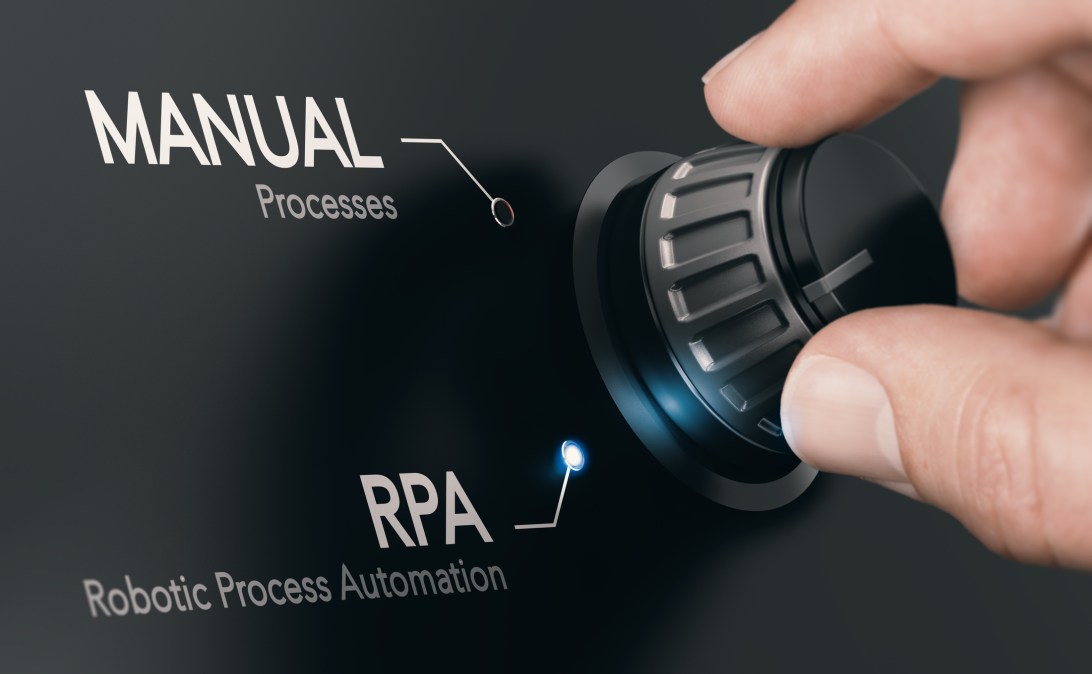
Agencies plan to generate demand and optimize processes for automation in 2021, among three other priorities announced by the federal Robotic Process Automation Community of Practice’s executive sponsor on Tuesday.
The RPA CoP consists of more than 1,000 employees from 65 agencies planning to encourage their components to invest resources in targeted automations after standardizing business processes, said Gerard Badorrek, who’s also the chief financial officer at the General Services Administration.
GSA has an “Eliminate, Optimize and Automate” program Badorrek wants the RPA CoP to expand governmentwide.
“One of the first pilots we looked at doing, we realized we could simply eliminate the process,” Badorrek said Tuesday during ACT-IAC‘s Digital Transformation Summit.
The RPA CoP has already released a Federal RPA Program Playbook and State of Federal RPA Report and is planning to issue an Eliminate, Optimize, Automate Handbook on process optimization later this year.
Other practice areas the RPA CoP is focusing on are:
- automation deployment to design efficient factories;
- technology management to get the right systems approvals, partner with IT organizations and ensure security compliance; and
- program design and agile management to involve Centers of Excellence and assign roles and responsibilities.
The RPA CoP is also placing an emphasis on peer-to-peer engagement this year.
“We want to set up some mentoring between agencies that have solved problems and that are more advanced with agencies that are starting the process,” Badorrek said. “I think that’s going to be a tremendous opportunity for us.”
The RPA CoP already created a use case inventory categorizing RPA instances by functional areas like finance, procurement and human resources. Next, it will update that inventory with common agency RPA applications.
At the same time, the RPA CoP is discussing the possibility of the first governmentwide automation and what that might look like, Badorrek said.
Government made “good progress” on RPA from 2019 to 2020 with 23 agencies responsible for more than doubling the total number of automations from 219 to 460 projects, according to the State of Federal RPA Report.
Agencies saw a 70% increase in average RPA program maturity with eight programs advancing from Level 1 maturity and five reaching Level 4 for the first time as government takes on more complex business processes.
The RPA CoP gauges maturity based on four factors:
- measurable outcomes, like number of automations in production and hours of capacity created annually;
- program scope and demand, which looks at implementation across an agency’s business units and strength of the pipeline;
- development capacity and technology, which looks at the ability to produce many solutions and security; and
- program capabilities, namely the benefits and expertise offered through process optimization and intelligent automation.
Badorrek wants to see even more aggressive implementation of RPA projects in 2021 with more mature agencies taking the lead on collaborations.
“First we need to take an approach that large-scale, governmentwide implementation of emerging technologies is much more effective working as a team,” Badorrek said. “Rather than as individual agencies running their own races.”
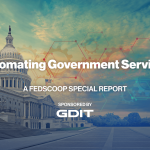
This story was featured in FedScoop Special Report: Automating Government Services - A FedScoop Special Report
